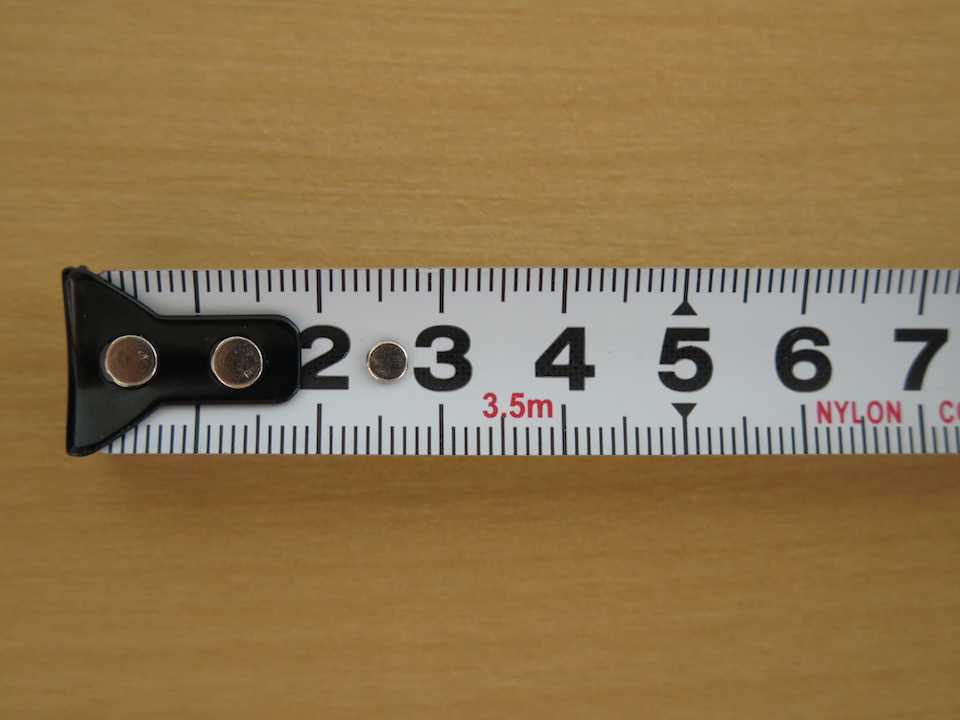Alternative Or Lasik For Thin Cornea
Prior to getting lasik done, everyone has to go through the same ritual. This involves going to see the refractive surgeon and getting all sorts of tests and scans done. One of these scans takes detailed maps of the cornea. And these maps indicate a good amount whether lasik can work for you.
When lasik magically corrects vision, it actually reduces the total thickness of your cornea. If we look at a typical treatment to correct someone who is nearsighted, lasik changes the curvature of your cornea to correct vision and bring your vision into focus by flattening the very center part of your cornea. How does it flatten the cornea? Well, each pulse of laser energy removes a very precise and microscopic amount of cornea tissue. The larger the treatment, the greater the change in the cornea thickness.
However, if you end up thinning the cornea too much than the cornea can become weak. A weak cornea can change shape and lead to a condition called corneal ectasia. This causes blurry and distorted vision; similar to another condition called keratoconus.

Like a bridge, don't want the cornea to become weak; Image by Joshuay04, CC BY-SA 4.0, via Wikimedia Commons
Fortunately, most lasik treatments on average corneas don’t come close to significantly reducing the thickness of the cornea. Calculations are applied to each and every patient to ensure that a significant amount of cornea remains following a lasik treatment. (Surgeons make sure they are changing less than 40% of the cornea to preserve the strength of the cornea.) And when we evaluate the cornea prior to surgery, we want to make sure that there is enough cornea thickness to perform the laser treatment.
Not everyone has giant cruise-ship-sized corneas. Just as how there are tall and short people in the world, there are thick and thin corneas as well (note: thick or thin corneas have no relation to body height or size).
Normally, whether you have a thin or a thick cornea isn’t going to alter your life; you just live perfectly fine happily unaware of these measurements. But the limitations on lasik does mean that some patients with thin corneas are unable to get lasik. But there are other ways to correct your vision.
PRK For Thin Corneas
Before lasik hit the scene, PRK was the star of the show. PRK offered an unbelievable ability to correct vision; truly ahead of its time. However, over time, lasik started to supplant PRK as the procedure of choice. The quick recovery of lasik compared to PRK made it very simple to get your vision corrected. PRK hasn’t disappeared completely though, there are actually some good situations in which PRK is preferred over lasik. (Hint: one situation involves thin corneas)
Treatments with both lasik and PRK require a certain amount of cornea thickness for the treatment to be safe. In lasik, a flap is created prior to the treatment. PRK does not create a lasik flap. That's the one key difference between lasik and PRK. In PRK, the surface layer of the cornea, the epithelium, is removed prior to the treatment. Because the flap is deeper than the surface, simple math shows that lasik will result in a deeper treatment and will affect more of the cornea. Because of this, PRK can be preferred when the cornea is too borderline for lasik to be safe.
The Solution For A Cornea Too Thin For Lasik Or PRK

Sometimes corneas are too thin for any laser eye surgery; Image by Windell H. Oskay, CC BY 2.5, via Wikimedia Commons
Unfortunately laser eye surgery depends on having an appropriate safe corneal thickness. So what happens if you don’t?
Laser eye surgery on the cornea isn’t the only way to correct vision. There is actually a procedure which bypasses the cornea entirely to correct vision. This procedure is called ICL. Instead of applying laser energy to change the shape of the cornea, ICL involves placing a tiny lens within the eye to correct vision. Because of this fact, ICL has no limitation on how thin a cornea can be. ICL works perfectly fine with the thinnest of thin corneas!
The tiny lens contains the prescription necessary to correct your vision. This lens is placed behind the iris or the colored part of your eye. You can’t see it, it just sits there correcting your vision. What a cool concept!
So if you’ve ever been told you have thin corneas and can’t get lasik, there is still hope to correcting your vision.
For more information, check out Learn Exactly What Is ICL Surgery on EyeMountain.com
Related Articles
Please note: The general information provided on the Website is for informational purposes only and is not professional medical advice, diagnosis, treatment, or care, nor is it intended to be a substitute therefore. See the Disclaimer and Terms of Use for more information
